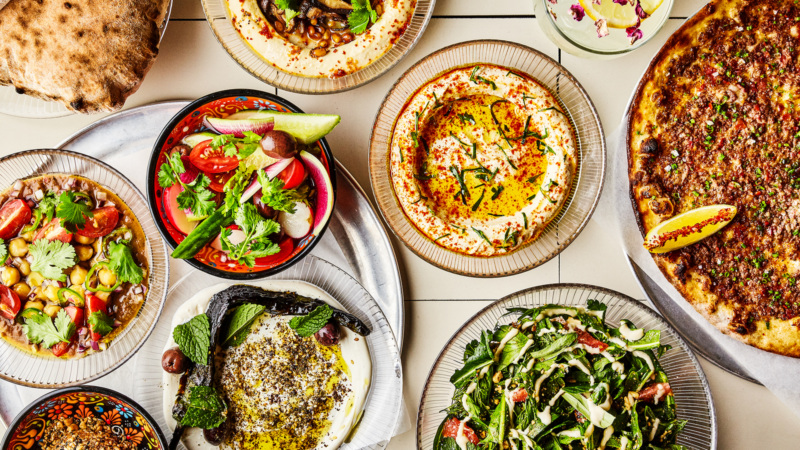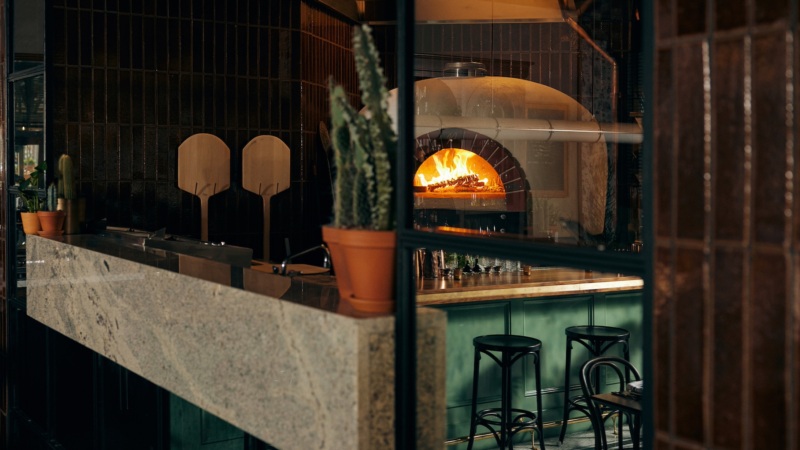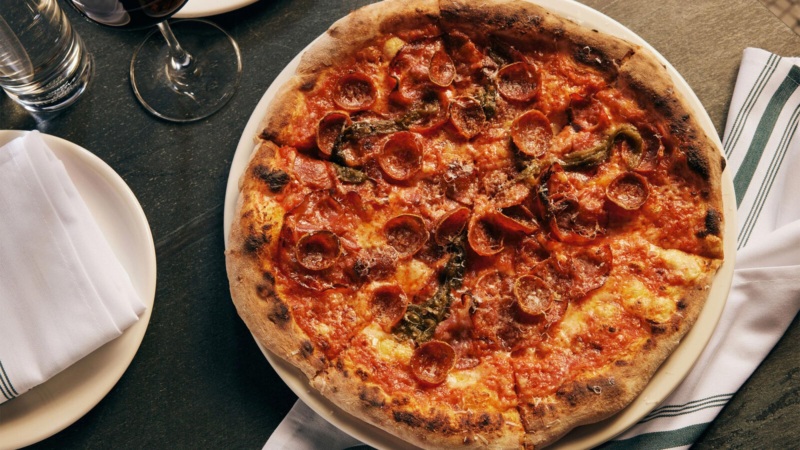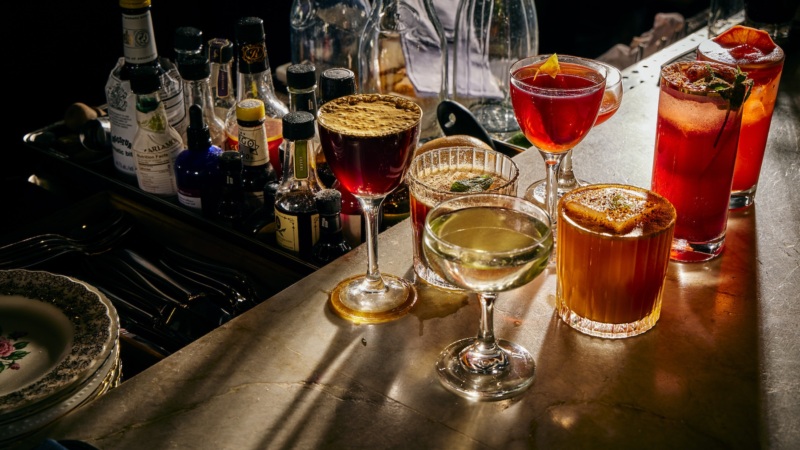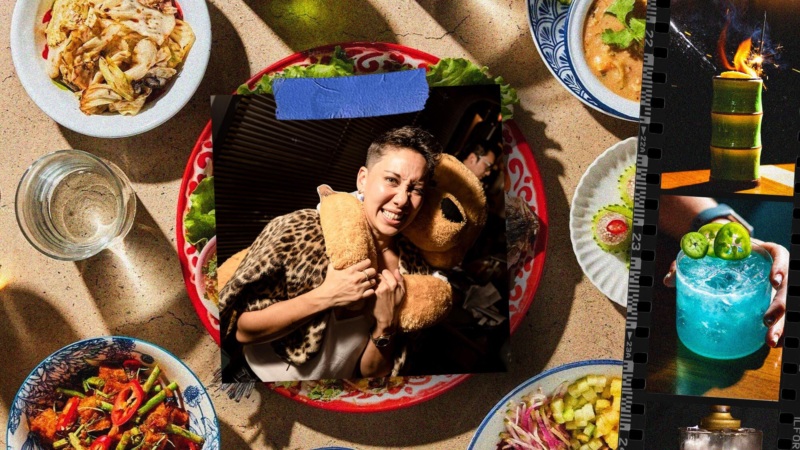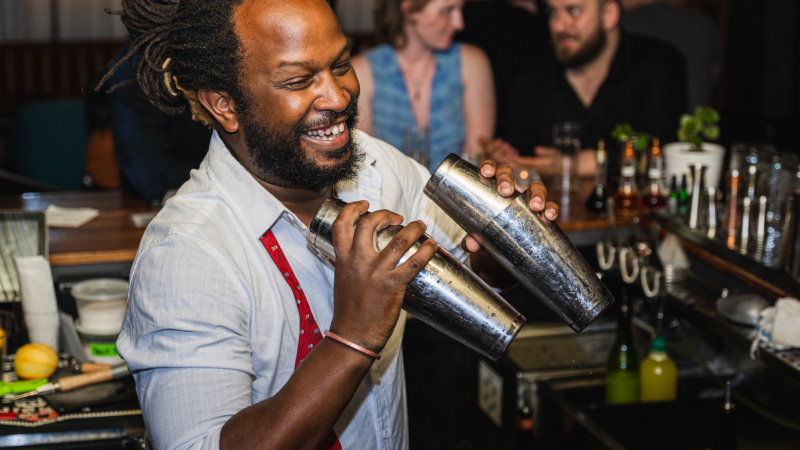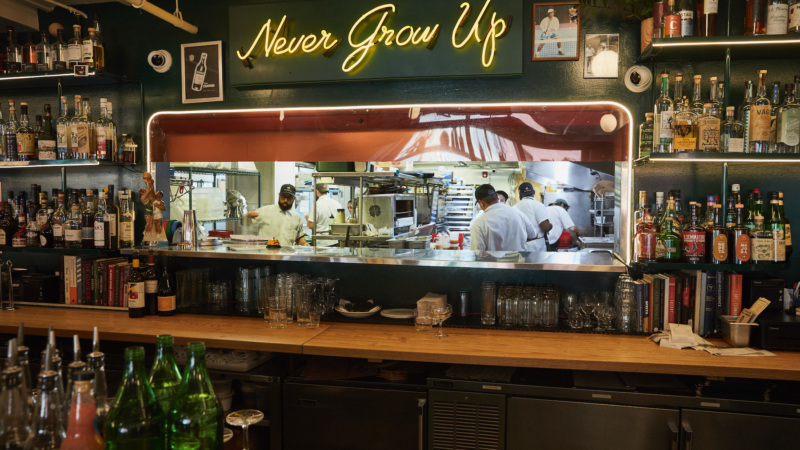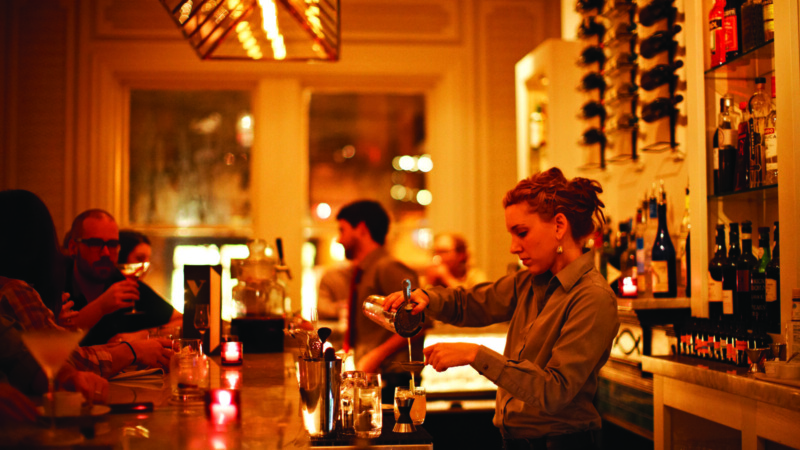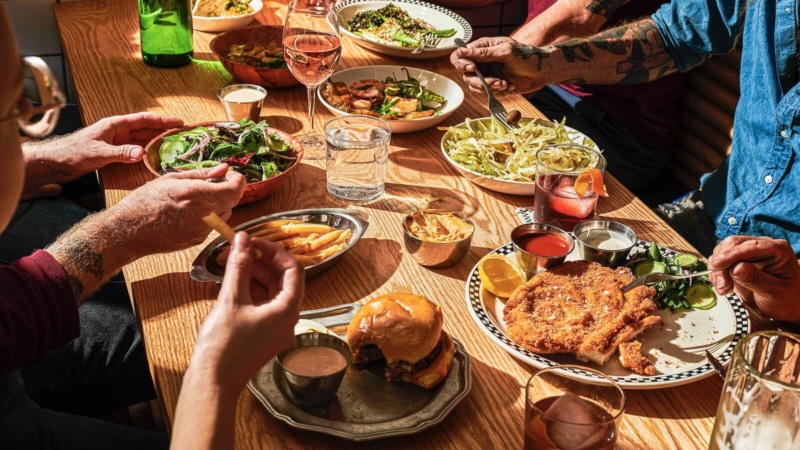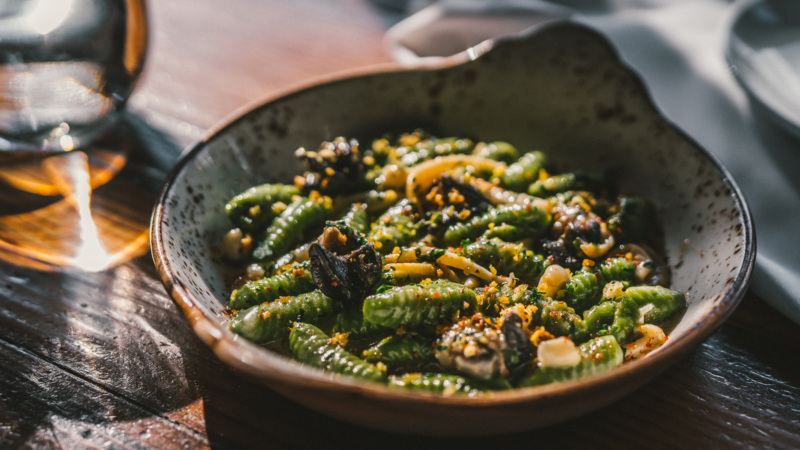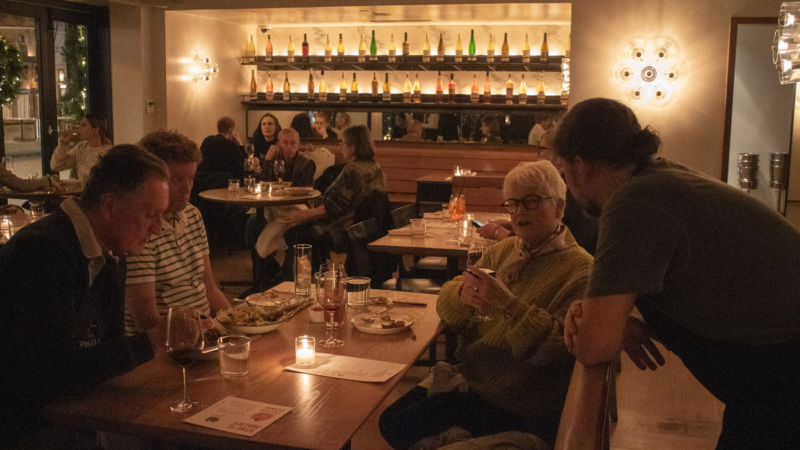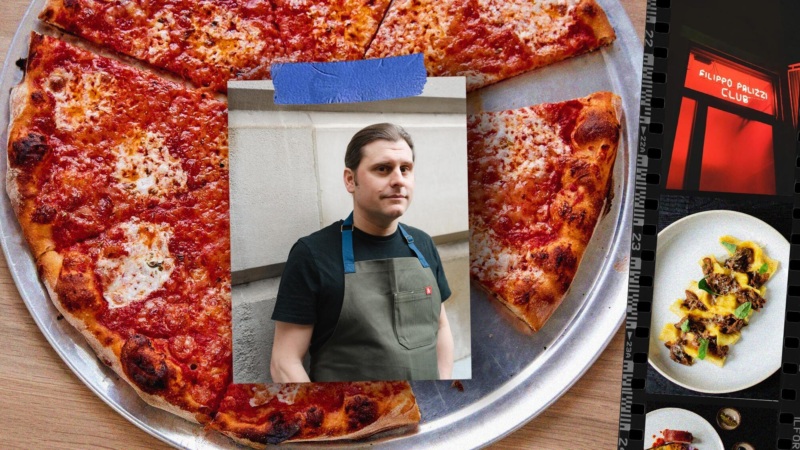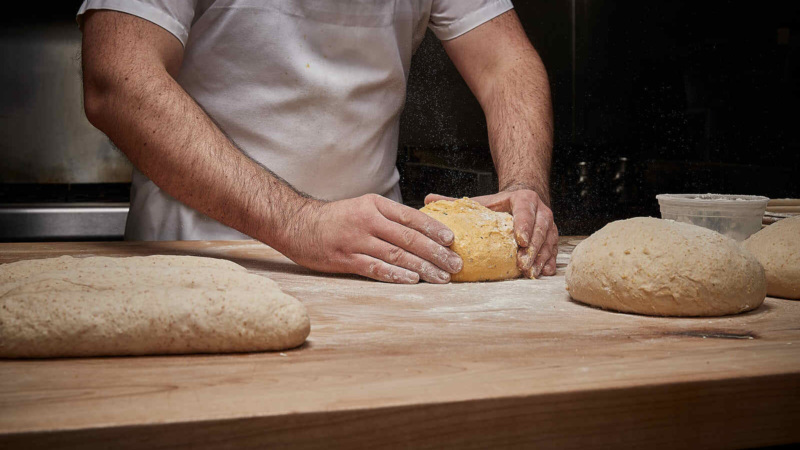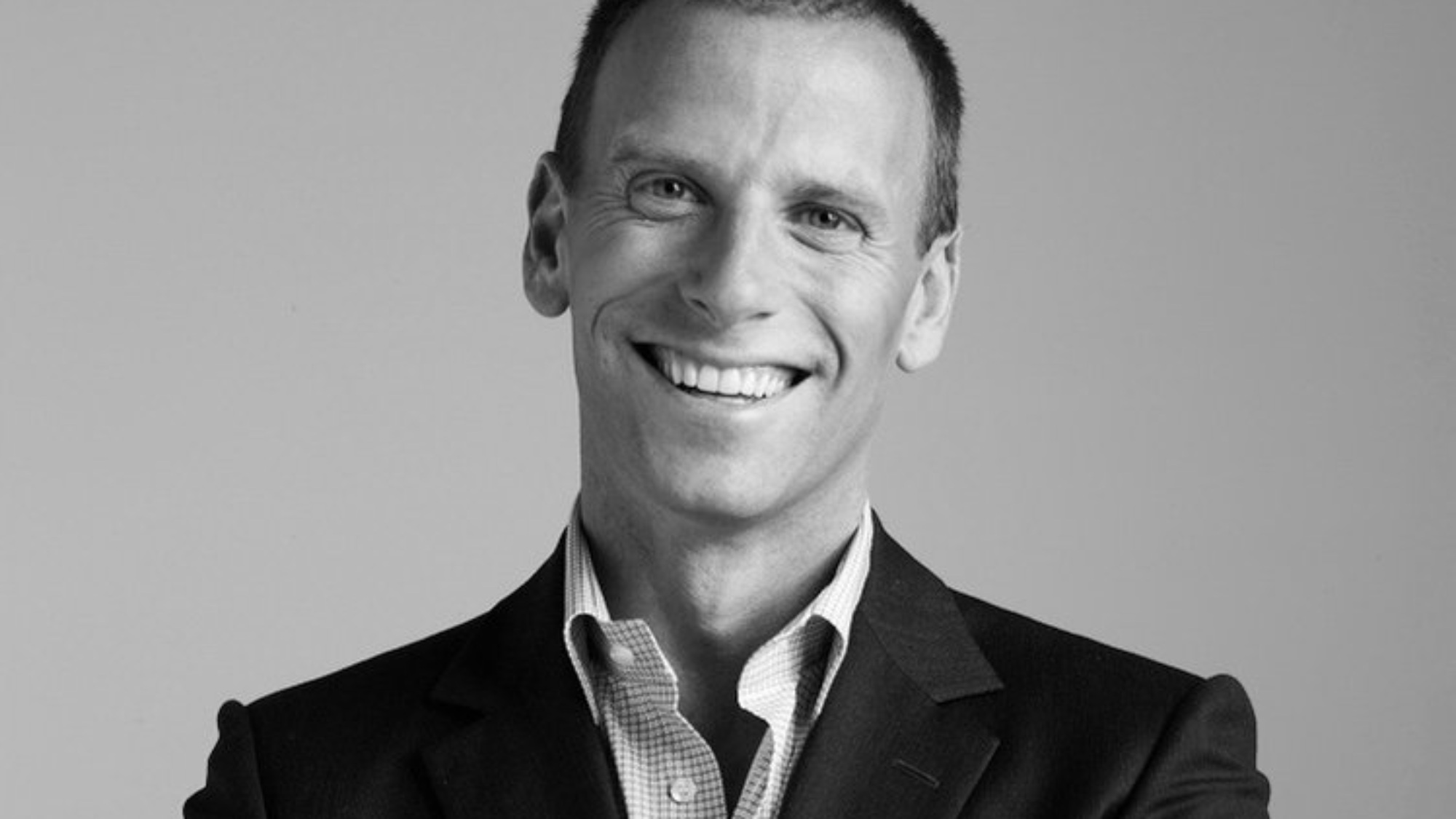
Michael Schulson on Philadelphia’s Restaurant Scene, Guest Expectations, and Much More
With a sprawling (and still growing) collection of Philadelphia restaurants, Michael Schulson has become one of the most prolific restaurateurs in America over the last 15 years. His portfolio currently includes the new Philly classic Double Knot, pan-Asian small plates spot Sampan; brunch destination Harp & Crown, red gravy restaurant Giuseppe & Sons, boutique steakhouse Alpen Rose, intimate Italian restaurant Via Locusta, casual pizzeria Prunella, oyster bar Pearl & Mary, and many more.
We spoke to Schulson about the state of Philadelphia dining right now, his future plans, and plenty of other juicy topics. Right this way.

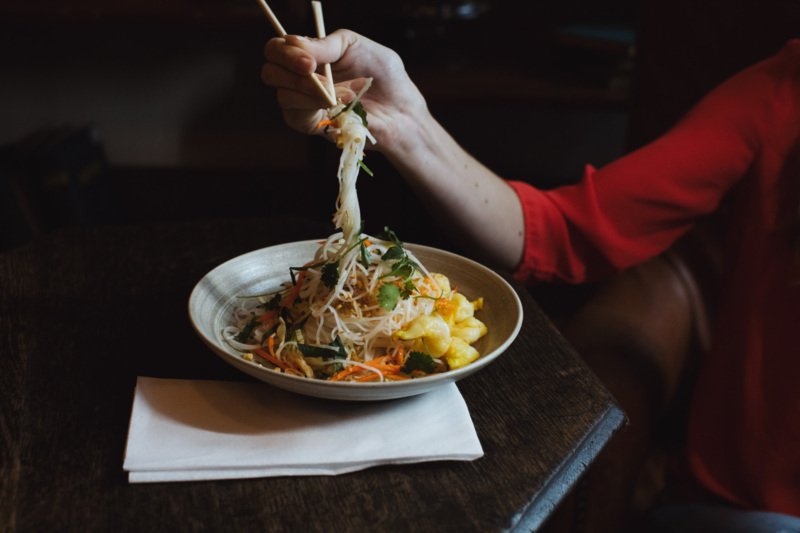
Resy: Philadelphia’s vibrant dining scene is getting a lot of attention right now, especially on a national level. What are you seeing in the city right now?
Michael Schulson: Philadelphia has always been an amazing town, especially when it comes to the culinary scene. I moved here 30 years ago from New York and there wasn’t much going on, but over the last 15-20 years, it’s been amazing to watch the evolution of our restaurants.
One of the pieces to understand is that yes, Philly has a lot going on, but every city does right now. Media plays an important role in how that works. They’re not looking to write about New York, Los Angeles, and Miami every day, so the media has to go out and find a different story — and Philadelphia has a great story right now.
But most important, it also has great, young and talented people that are shaping the culinary scene — and it’s a more affordable counterpoint that’s right between Washington D.C. and New York City.

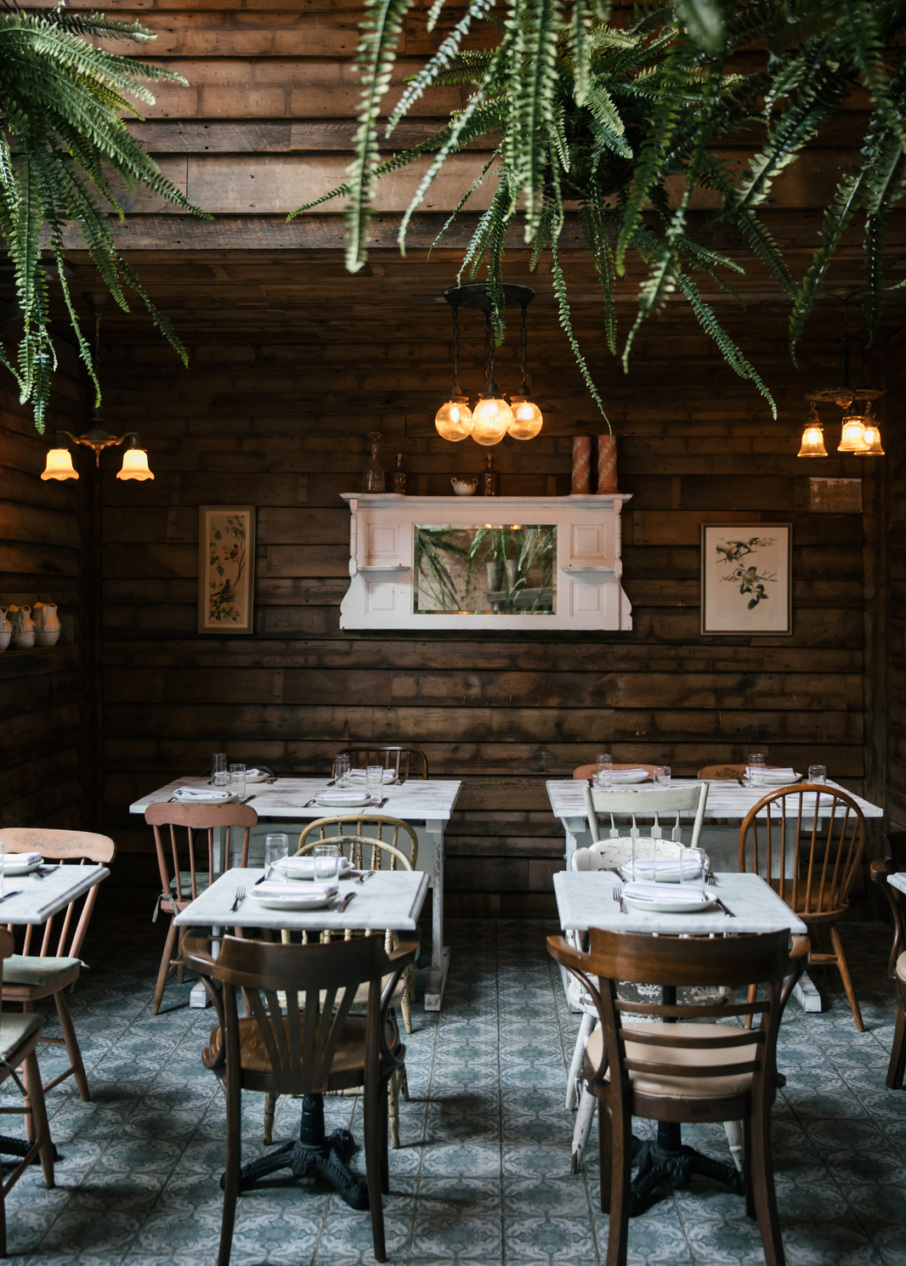
With that said, what’s the state of the Philadelphia restaurant industry right now?
I think restaurants are doing well. There’s a whole can of worms you can get into, but look at the rest of the country first. Looking around the country, you have New York which is in its own stratosphere, but even it is struggling in a lot of ways. If you look at what they’ve done with the tip structure and some other regulations, doing business is New York is challenging and not ideal right now. In Los Angeles and San Francisco, minimum wage is through the roof, and you’ve got a lot of other problems, like homelessness. And then you look at Florida, where it is booming and inflation is through the roof — and everyone’s running down there to open new restaurants.
Philadelphia is near New York, but here, they are allowing us tip credits. It’s a little cheaper to run a restaurant here. It’s a little cheaper to build, a little cheaper to rent. I see a lot of people relocating here, which is great and that’s a driver to our success.
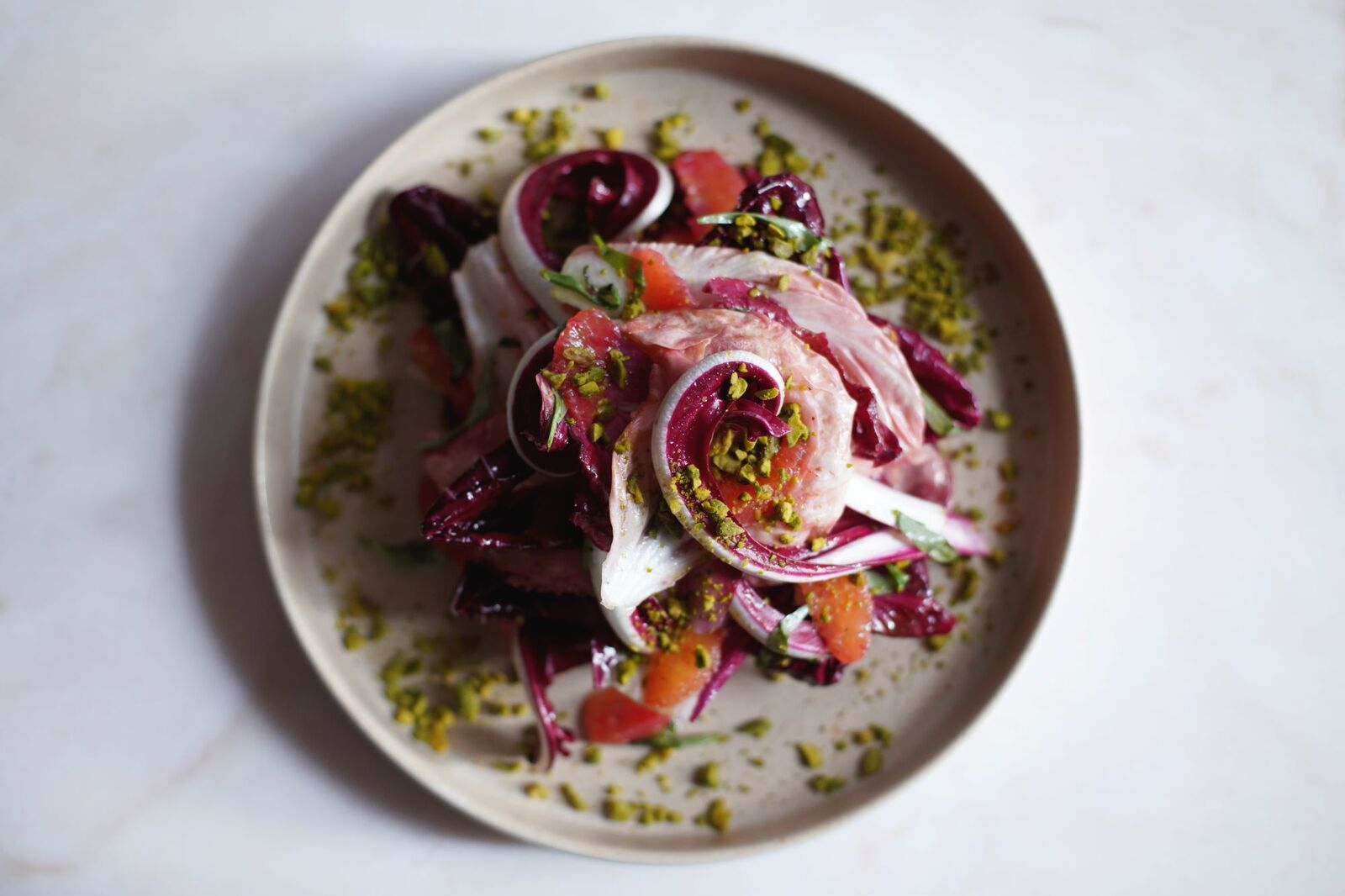
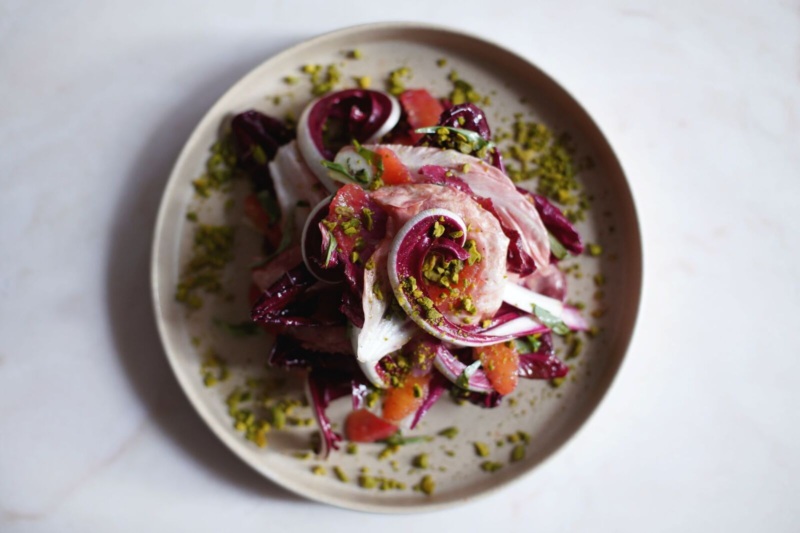
With the number of restaurants you have, you’ve got a really unique bird’s eye view into the dining habits of the city. What do you see when it comes to diner behavior right now?
Before Covid, in the restaurant world, America was becoming as good as many other countries that are so centered in incredible food and hospitality. Our service levels were through the roof. The same went for the quality of food, the ingredients, and the execution — and they were all getting better. Then Covid hit and it was almost like the entire industry had to hit the reset button.
The hospitality industry got decimated, a lot of workers left, and a lot of industry leaders jumped ship. The tech world was hiring by droves to work from home, so people opted to make 25 dollars an hour working for Amazon. Right now, it’s been a challenge to get high-end help in terms of experience. Before, we were hiring people with 10 or 15 years experience as a server, but now that role is one or two years.
That’s been a challenge from the restaurant standpoint, but from a consumer standpoint, they’re starting to come back with their expectations. Pre-Covid, their expectations were to have a flawless experience: food, hospitality, ambiance. Then Covid hit, and the dining experience had plexiglass and to-go containers, but people were just happy to have food. Now, it’s coming back in terms of guest expectations, but unfortunately, the hospitality world is a lagger in getting the team and support back to the earlier levels.
I tell my team that this is what it is. It’s up to us to manage expectations. It’s up to us to take a different approach of how we train people and create infrastructure.
I wish [diners] were more aware that as a hospitality person, nobody wants your experience to be perfect more than us. That’s what we strive for every single day. When it’s not perfect, we’re more upset than you are.— Michael Schulson
When it comes to the industry, what do you wish diners were more aware of?
I wish they were more aware that as a hospitality person, nobody wants your experience to be perfect more than us. That’s what we strive for every single day. When it’s not perfect, we’re more upset than you are. That’s not an excuse — just a reality. We’re dealing with a level of talent that is new to all of us. We understand we need to do a better job hiring and training, but it is an issue that touches a lot of worlds, not just restaurants.
You’re opening a new restaurant soon — Bar Lesieur. How do these outside factors influence your future plans?
It influences them, but can’t stop what we do. We know what we want to do, which is to create transformative restaurants where you could be anywhere in the world. That’s what we strive for. Once you start changing things or bastardizing your vision, you lose.
Diners are over the nonsense of the Covid restaurant experience, so we made a conscious effort to go the opposite way. Rather than QR codes, we want to give them so much hospitality, and kill them with kindness. For example, our expectation is that every guest is to be visited by a manager during service.
For Bar Lesieur, we originally opened up a deli to be an all-day dining destination, but the lunch piece never materialized. Lunch diners are still not back, so we closed it and built a beautiful French bistro. We’re gonna go the opposite way now — nice, beautiful French food at an affordable price point. But we’ll need more servers and more chefs.
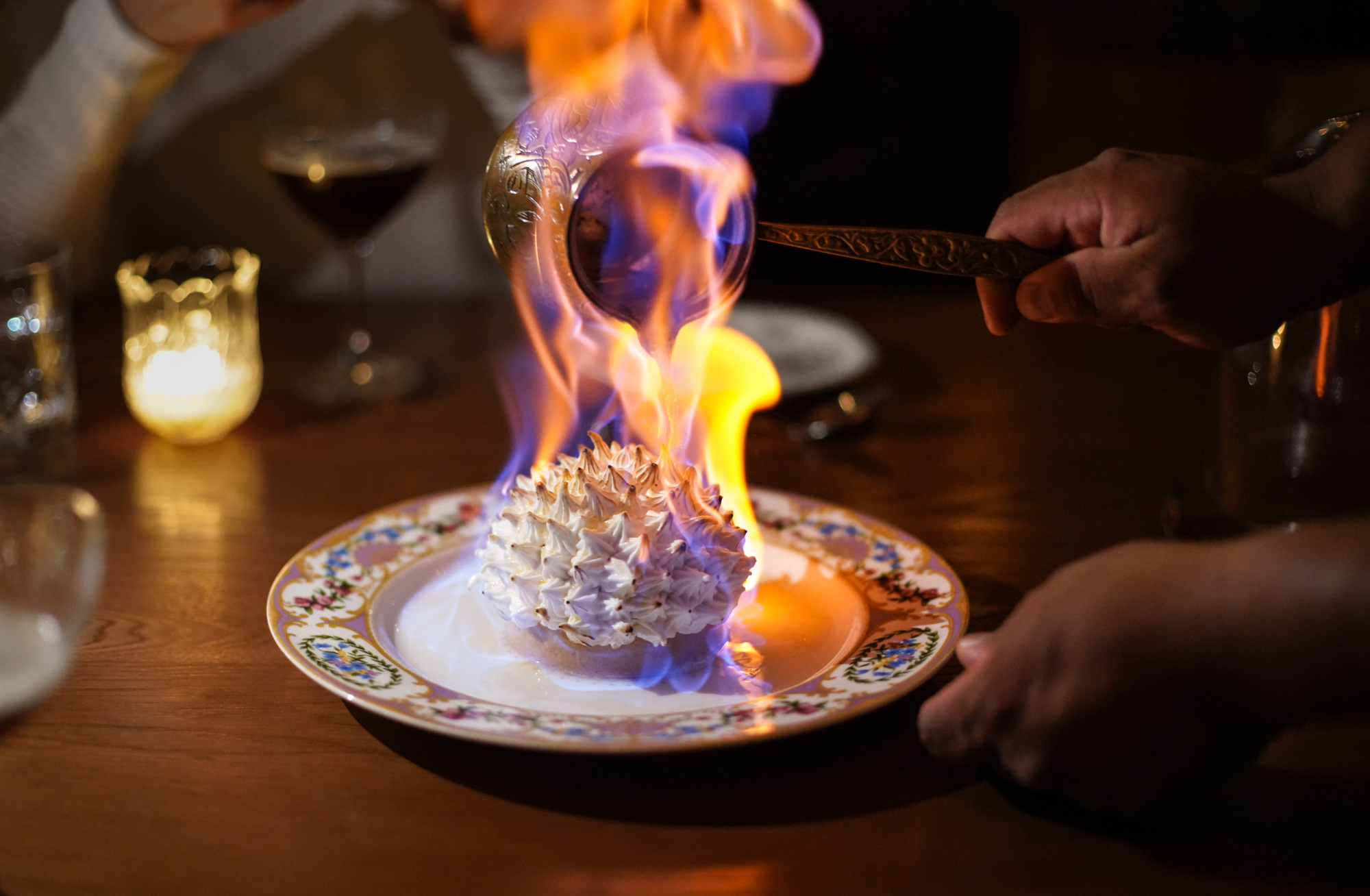
The One Who Keeps the Book Philadelphia
How to Get Into Alpen Rose, Philadelphia’s Most Sought-After Steakhouse
Sometimes you just need a classic steakhouse experience. We’re talking leather booths, dark wood paneling, and dry-aged beef sliced tableside.…
What’s a successful restaurant in your eyes?
Food, hospitality, design. That’s the start, but unfortunately, there’s a financial piece to it. To open restaurants, we all need to raise money and then pay it back. What a successful restaurant is creating a new experience through food, hospitality, and design that allows you to make money, too.
When you look at restaurants right now, whether as a diner or an operator, what gets you excited?
For me, it starts with thoughtfulness. Was this experience thought-out, from the time you walk in, to the time you leave? I look at the attention to detail. A sense of style. Execution. And simplicity, not overthinking it. This increasingly common concept of over-the-top abundance turns me off. We have an expression on our team — stay true. That is how we think about executing a thoughtful, simple vision.









